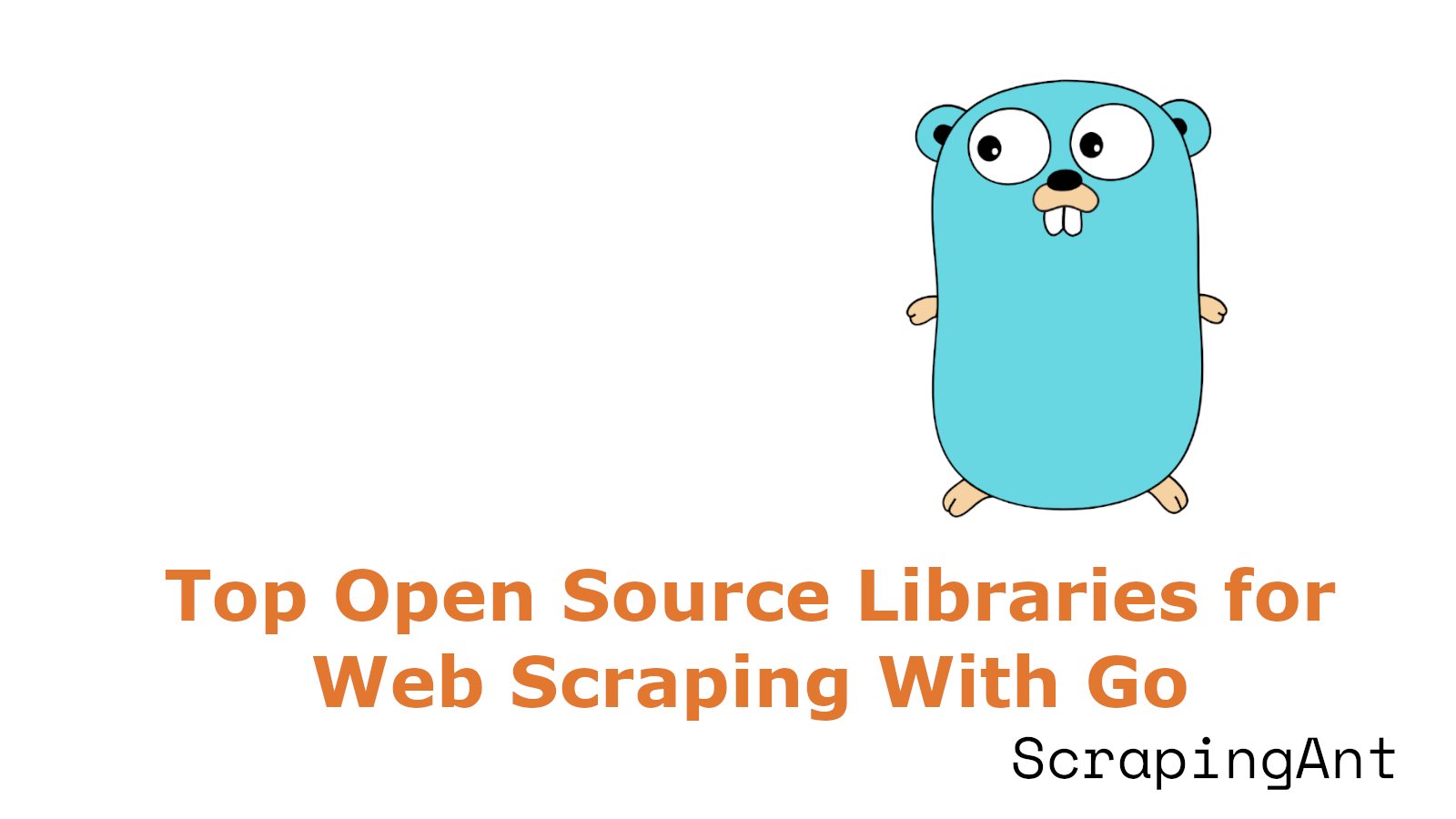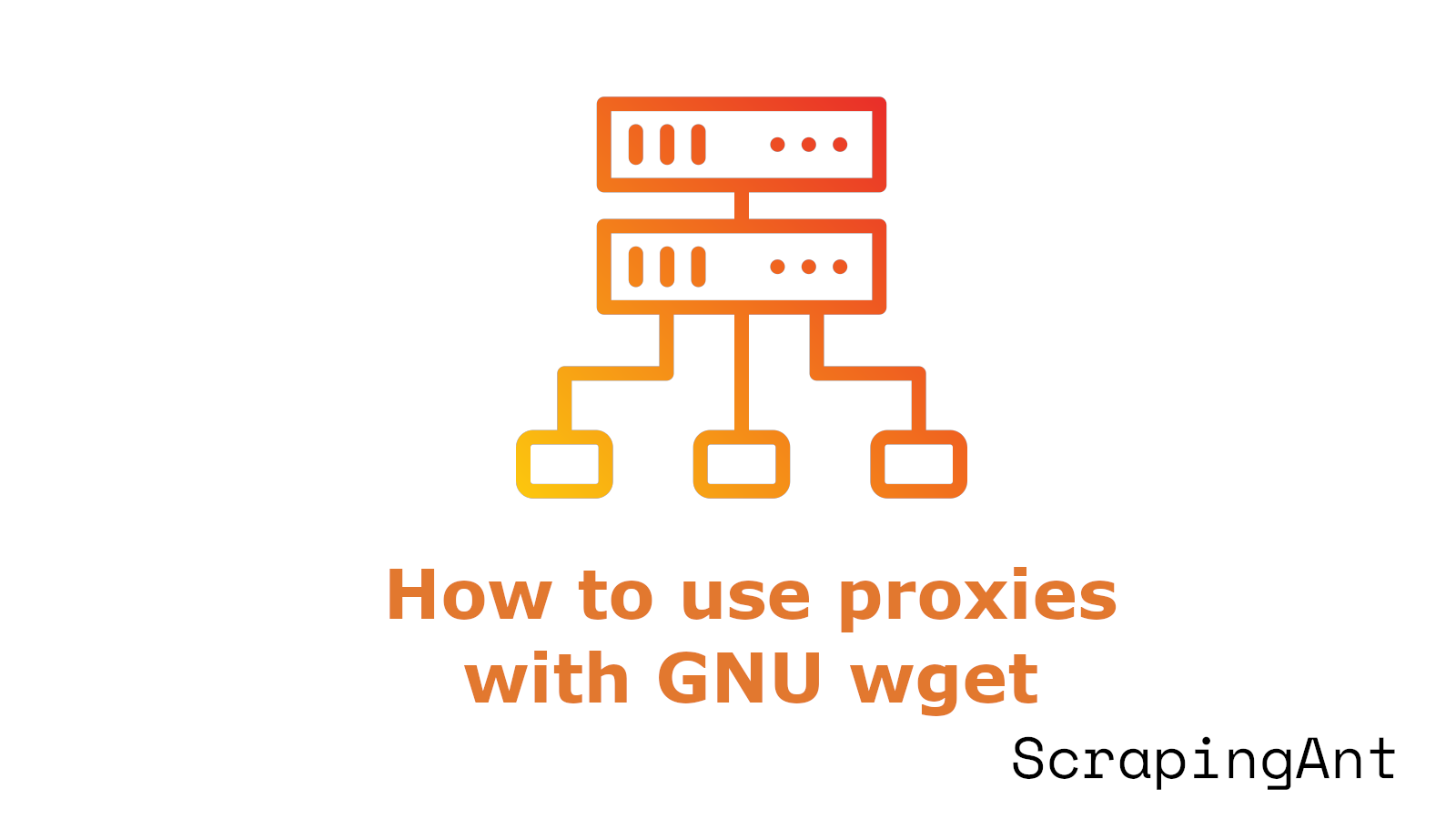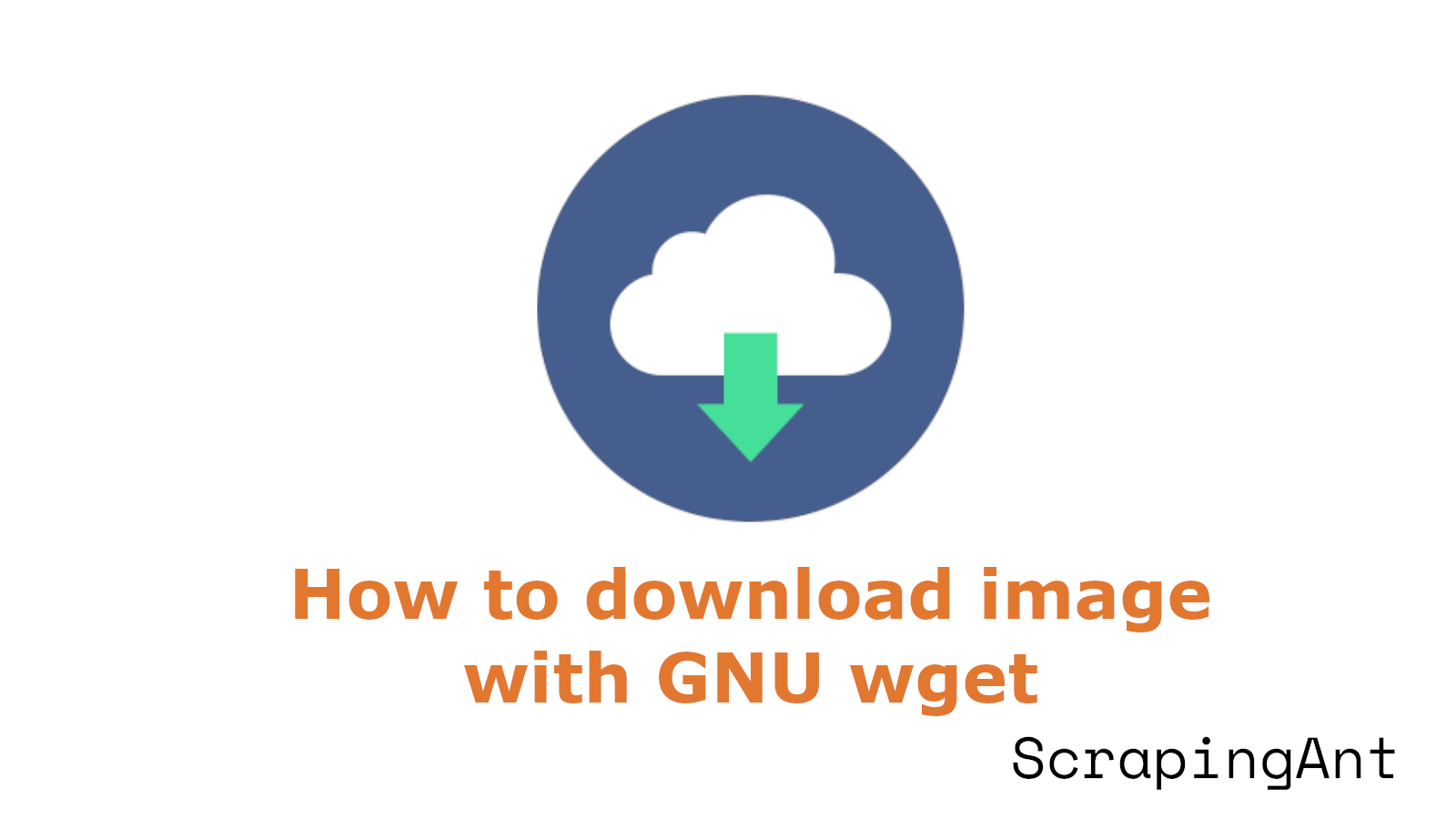
One of the most transformative tools at the disposal of airlines today is web scraping. This technology allows airlines to collect and analyze vast amounts of data from various online sources, providing insights that are crucial for avoiding overbooking and enhancing operational efficiency.
By leveraging web scraping, airlines can improve demand forecasting, monitor booking trends in real-time, and integrate valuable data into their revenue management systems. This not only helps in optimizing pricing strategies but also in delivering personalized customer experiences.
The ability to gather competitive intelligence and automate data collection processes further empowers airlines to make informed strategic decisions. As the industry continues to embrace digital transformation, web scraping stands out as a key driver of innovation and efficiency, ensuring airlines can meet customer demands while minimizing the risk of overbooking.








